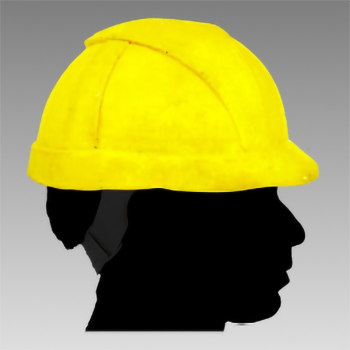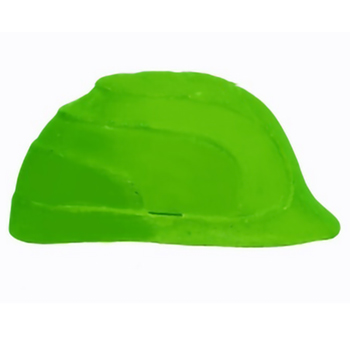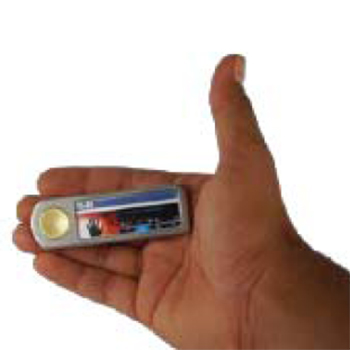The industrial safety helmet is primarily intended to protect the head against injury from falling objects. The effects of head injury can be classified generally into three categories: physical effects, cognitive changes, and behavioural effects. The physical effects of head injuries include such symptoms as seizures, loss of motor speed or coordination, and the presence of an abnormal movement such as tremors and spasticity. Cognitive changes involve disorders of attention, concentration, and memory; problems with understanding or producing speech; difficulties with initiating and planning daily activities; as well as poor reasoning and judgment. Behavioural effects include agitation and irritatability, verbal and physical aggressiveness, impulsivity, depression, and suicidal thoughts, as well as an egocentric or self-centred orientation in interpersonal relationships. Safety helmets are designed to protect the head of a weaver against falling objects by resisting the penetration and reducing the shock absorption by the head and body even under the extreme local climatic conditions. According to Conformit Europeenne standards, EN397, it has to withstand in the following circumstances: being used in temperatures as low as -30 oC and as high as +150 oC, electrical resistance up to 440 volts, resistance against molten metal as MM, resistance against side squeeze, marked LD, and lateral deformation.




